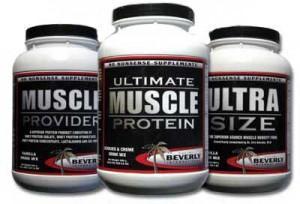Designing of the dryer section of nutritional yeast production plant – Industrial sector review – Part 10
Tuesday, February 28th, 2012 5:38:56 by Ahmed Tariq
Designing of the dryer section of nutritional yeast production plant – Industrial sector review – Part 10
Product Separators
After completion of the drying process, the product is separated from the air. During the operation, most of the product falls to the base of the chamber while small fraction of fine particles remain entrained in the air. So the primary recovery of the product
takes place at the bottom of the chamber, whereas the some kind of mechanical separators are required to separate the fine particles that remain suspended in the air going into the exhaust duct.
The mechanical separators that can be used to perform this duty are
Cyclone-scrubber
Bag filters
Electrostatic precipitator
The choice of the process unit to be used depends on the particle size of the powder and the desired efficiency. Cyclone are of low cost, easy to clean and can be quite efficient. The grade efficiency curves of many standard high efficiency cyclone show
that the efficiency of these cyclone for particle size distribution greater 40µm approaches greater than 90%. The size distribution of the dried yeast cells is between 30µm to 70µm. The selection based on the collection efficiency, product handling suitability,
operational features and costs suggest the used of cyclone for the system (Endo, 2009).
The electrostatic precipitators can be operated at the efficiency of near 99% for particle size distribution greater 1µm, but at the expense of high operating and capital cost. The Bag filters are used where the 100% efficiency is required from one stage
separation unit. The capital cost of the bag filters can be as much as five times that of a highly efficient cyclone and running cost also just as high. Where these factors can be compensated fully by the increased recovery of the product (high value per unit
product), bag filters or electrostatic filters can be used.
From the calculations based on the available data (such as particle size distribution of the product powder), it was possible to calculated the efficiency cyclone under process condition (Jin-Sung, 2001). Assuming the 85% of the product powder is collected
at the bottom of the chamber, it was calculated that an overall efficiency of 99.4% can be achieved using cyclone.
Continued in part 11
Tags: 2011, 2012, Industrial, Jan Dawson, lahore, Nokia Developer Website, Nokia s new Lumia 900, production, Report, researchShort URL: https://www.newspakistan.pk/?p=14134

















